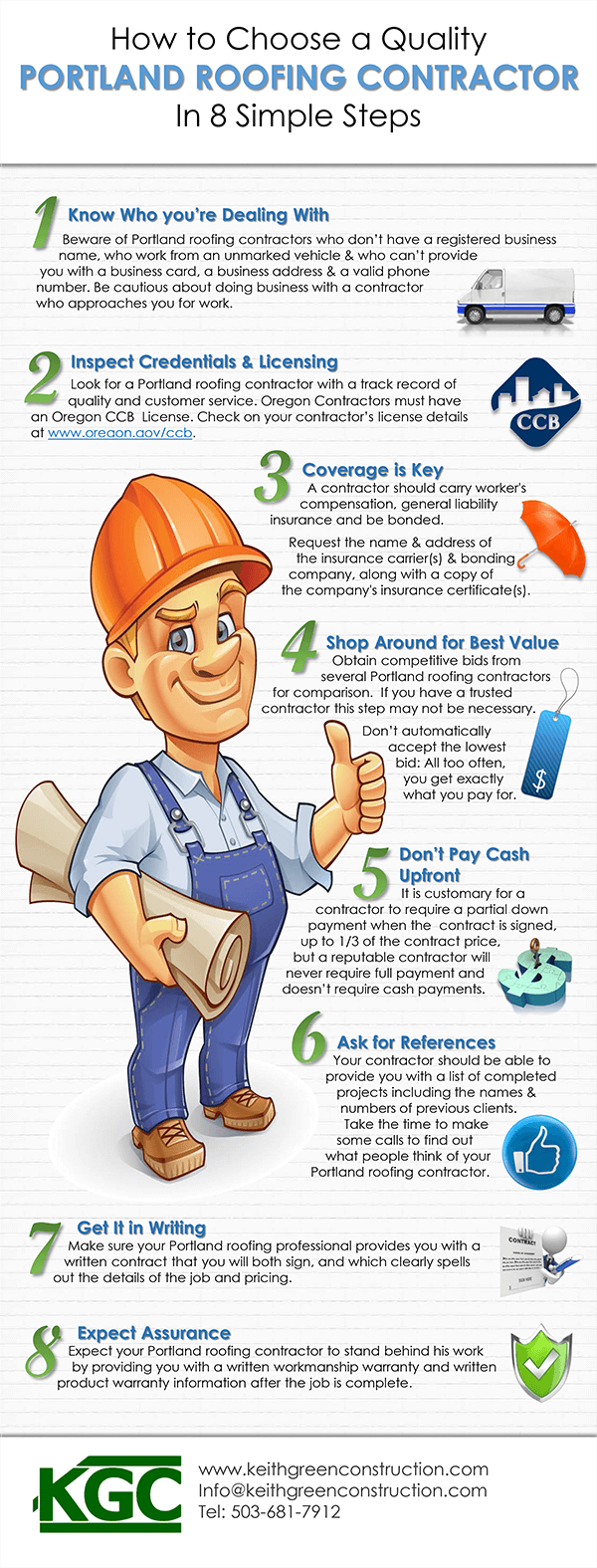Reviewing The Financial Aspects Of Solar Energy Setup: Is It A Worthwhile Financial Investment?
Reviewing The Financial Aspects Of Solar Energy Setup: Is It A Worthwhile Financial Investment?
Blog Article
Web Content Composed By-Storm McWilliams
When taking into consideration the prices of solar installation, you could wonder about the ahead of time investment called for and whether it lines up with the possible lasting advantages. Recognizing the ins and outs of these expenses and the different factors influencing the overall return can clarify the worth proposition of transitioning to solar energy. By examining both the initial configuration prices and the predicted savings over time, you can get understanding right into whether the financial investment in solar setup holds assurance for your financial future.
First Configuration Expenses
When taking into consideration the expenses of solar installation, the first setup expenditures play an important duty in your decision-making procedure. These in advance expenses consist of the cost of photovoltaic panels, inverters, installing equipment, and setup labor.
The cost of photovoltaic panels can differ depending upon the brand, efficiency, and size you select. Inverters are vital for transforming the sunlight's power into functional electricity and be available in different types such as string inverters, microinverters, and power optimizers, each with its very own cost ramifications.
Mounting devices, such as shelfs and rails, is necessary to securely mount photovoltaic panels on your roof covering or property.
The installment labor cost covers the professional setup of the planetary system, making sure that everything is established correctly and successfully. Remember that while these preliminary configuration expenditures may seem high, there are commonly refunds, tax rewards, and financing choices available to aid balance out the expenses and make solar setup a lot more economical in the long run.
Long-Term Cost Savings Evaluation
To comprehend the financial advantages of solar installment with time, it's crucial to conduct an extensive lasting savings analysis. While the first configuration expenses of solar panels may appear difficult, the long-term savings can exceed these expenses dramatically. By harnessing the power of the sunlight to generate electrical power for your home, you can potentially save hundreds of dollars on your utility bills over the life expectancy of your solar system.
Among the vital aspects to think about in a long-term financial savings evaluation is the reduction in your power expenses. With solar panels, you can generate your power, minimizing or perhaps eliminating your dependence on the grid. https://www.virginiamercury.com/2022/07/22/virginia-explained-how-can-you-save-on-residential-solar/ can cause substantial financial savings, specifically as utility rates remain to climb.
Furthermore, several federal governments offer incentives such as tax credit scores and refunds for installing photovoltaic panels, better improving your long-lasting savings. By taking https://solar-panel-output08753.tokka-blog.com/30097041/key-advantages-of-solar-energy-installment-factors-to-accept-the-change of these motivations and optimizing your solar energy manufacturing, you can delight in considerable financial benefits for many years ahead.
Roi Computation
Thinking about the monetary benefits of solar installment, it's time to assess the Return on Investment (ROI) estimation. Figuring out the ROI entails comparing the overall costs of mounting a solar system with the financial benefits it generates over its life expectancy.
To calculate ROI, separate the web benefit from the system by the overall investment cost and multiply by 100 to get a percentage. The ROI formula is: (Internet Revenue/ Total Amount Financial Investment Cost) x 100.
For instance, if the complete cost of installing a planetary system is $20,000, and over its life expectancy, it generates financial savings and profits completing $30,000, the net revenue would certainly be $10,000. Dividing this by the total investment expense of $20,000 gives a proportion of 0.5. Increasing this by 100 offers an ROI of 50%.
Usually, a greater ROI indicates a more monetarily gratifying financial investment. Elements like federal government rewards, upkeep costs, and power rate fluctuations can influence the ROI of solar setups. Understanding the ROI aids in assessing whether purchasing solar power deserves it over time.
Verdict
In conclusion, recognizing the costs of solar installment is crucial for determining if it deserves the investment. By considering first arrangement costs, conducting a long-term cost savings analysis, and determining the return on investment, you can make an educated decision about the financial value of solar power. With the capacity for decreased utility costs and enhanced power independence, purchasing solar installation can be a clever option for both your purse and the setting.
